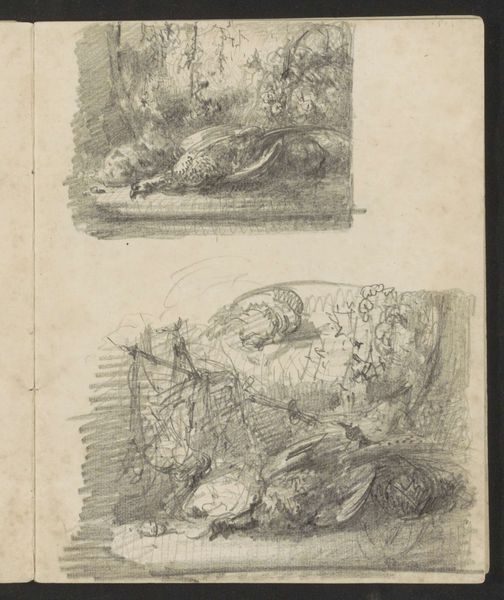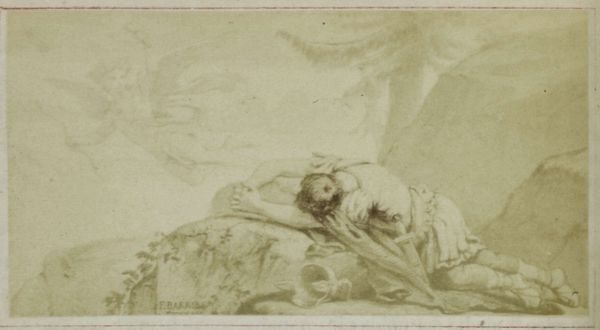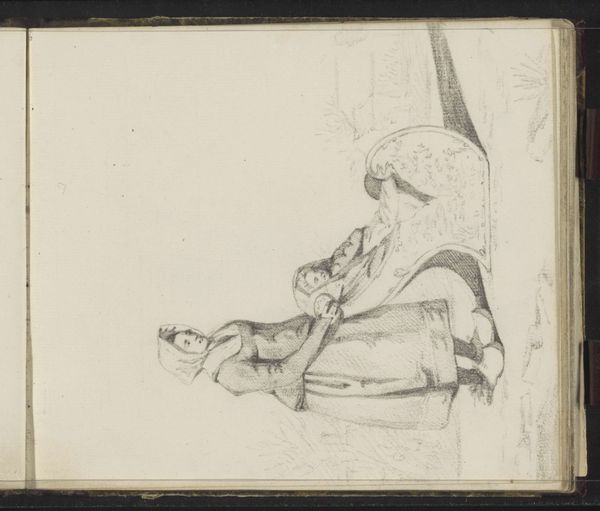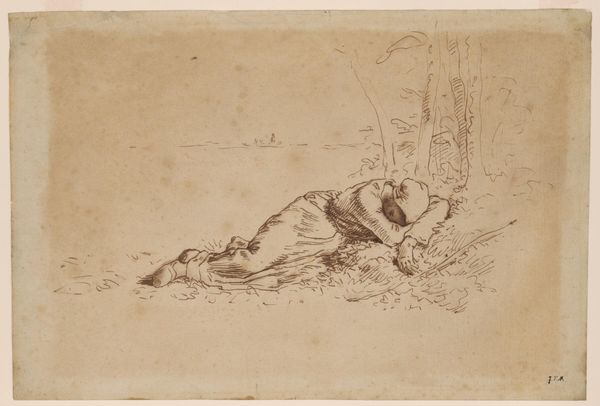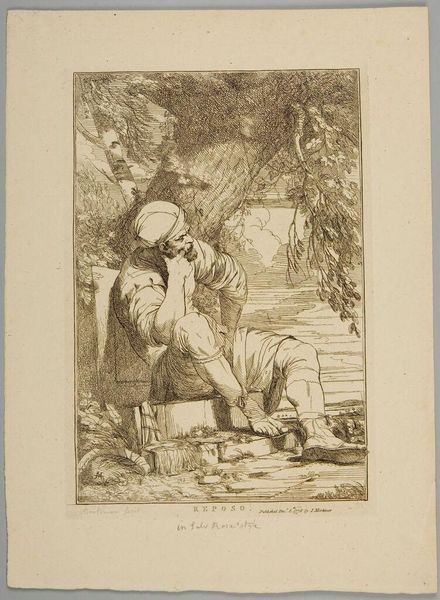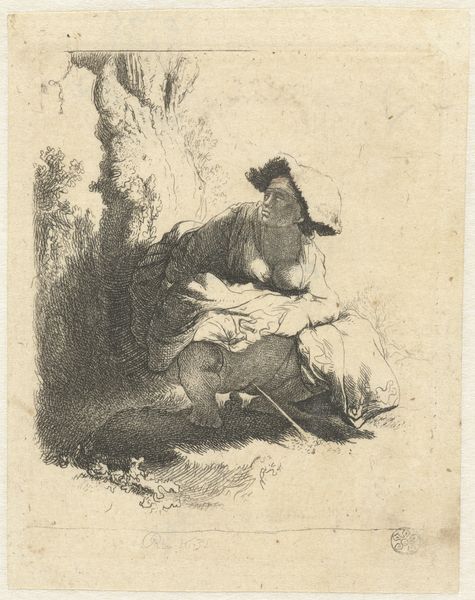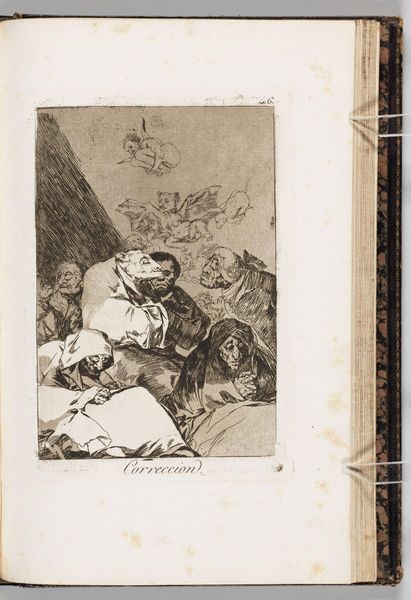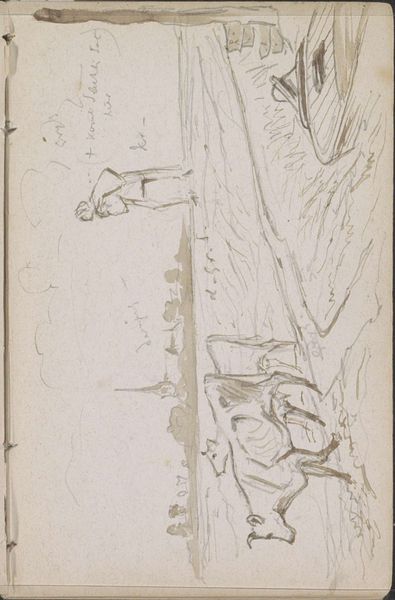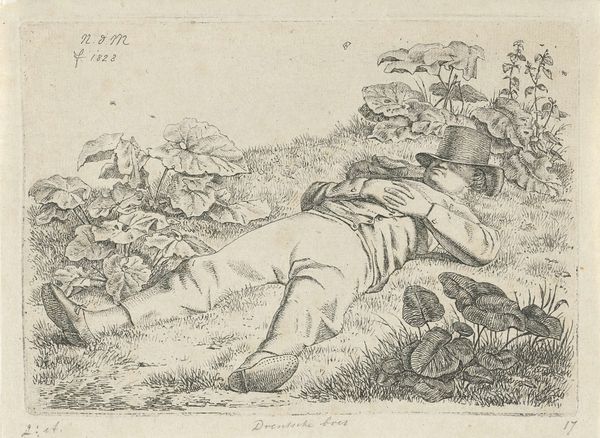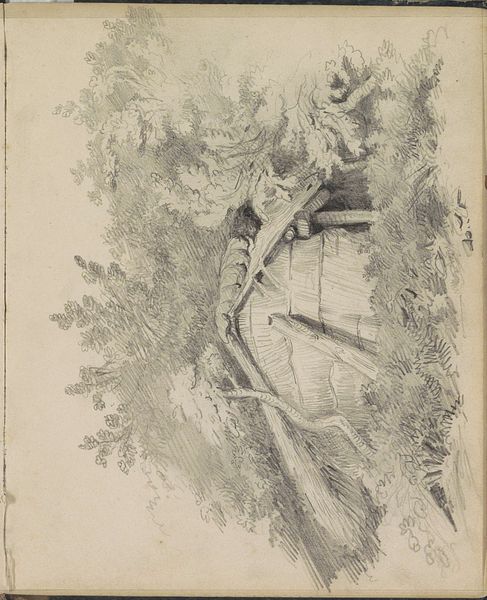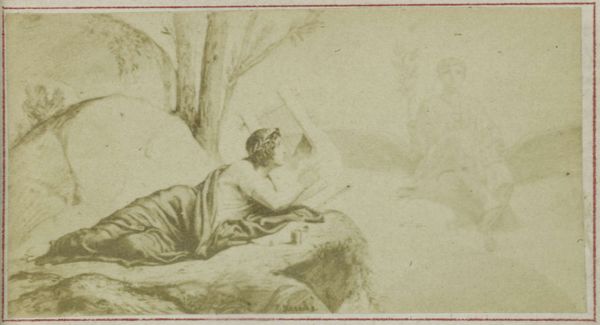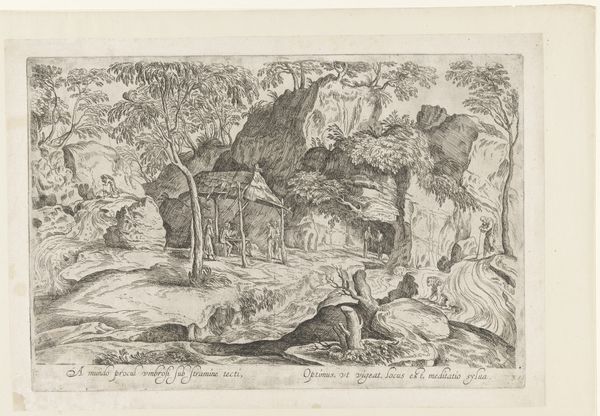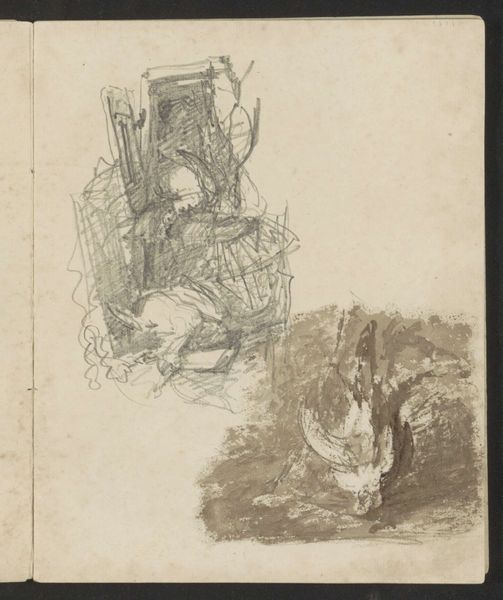
drawing, graphite
#
drawing
#
graphite
#
realism
Copyright: Rijks Museum: Open Domain
Editor: This is "Stilleven met dood gevogelte", or Still Life with Dead Fowl, by Maria Vos, dating from sometime between 1834 and 1906. It's a graphite drawing. The overall mood is somber and it seems to be speaking of themes larger than simple household items. What do you make of it? Curator: What strikes me is the visual language Vos employs, echoing vanitas traditions. Consider the historical context: Were there prevailing attitudes or anxieties around class and gender in artistic practice that might be relevant here? This goes beyond the simple display of objects and directly tackles themes of life, death, and morality in what seems a particularly stark manner. The way she layers the imagery hints at possible disruptions and anxieties about a woman’s role in society and its limited sphere in that era. Editor: That's a thought-provoking point. I hadn't considered it in relation to societal expectations and how these "memento mori" still lifes might have served as silent commentaries. Do you think that still lifes served some particular purpose for female artists in this era? Curator: Absolutely. The genre could offer both a sanctioned subject matter and a veiled platform for social commentary. How does it complicate our understanding to consider her specific experiences as a woman in a male-dominated field, and might her work have served as an oblique form of resistance? What is the significance of death that's presented so openly? Editor: Looking at it that way gives it a totally new weight. It shifts from a simple image of household fowl to something of a statement of mortality within the larger framework of gendered art history. Curator: Precisely. By framing the work this way, we not only enrich our understanding of Vos's technique but also highlight its social and political resonances, prompting further dialogues about gender, agency, and representation.
Comments
No comments
Be the first to comment and join the conversation on the ultimate creative platform.
